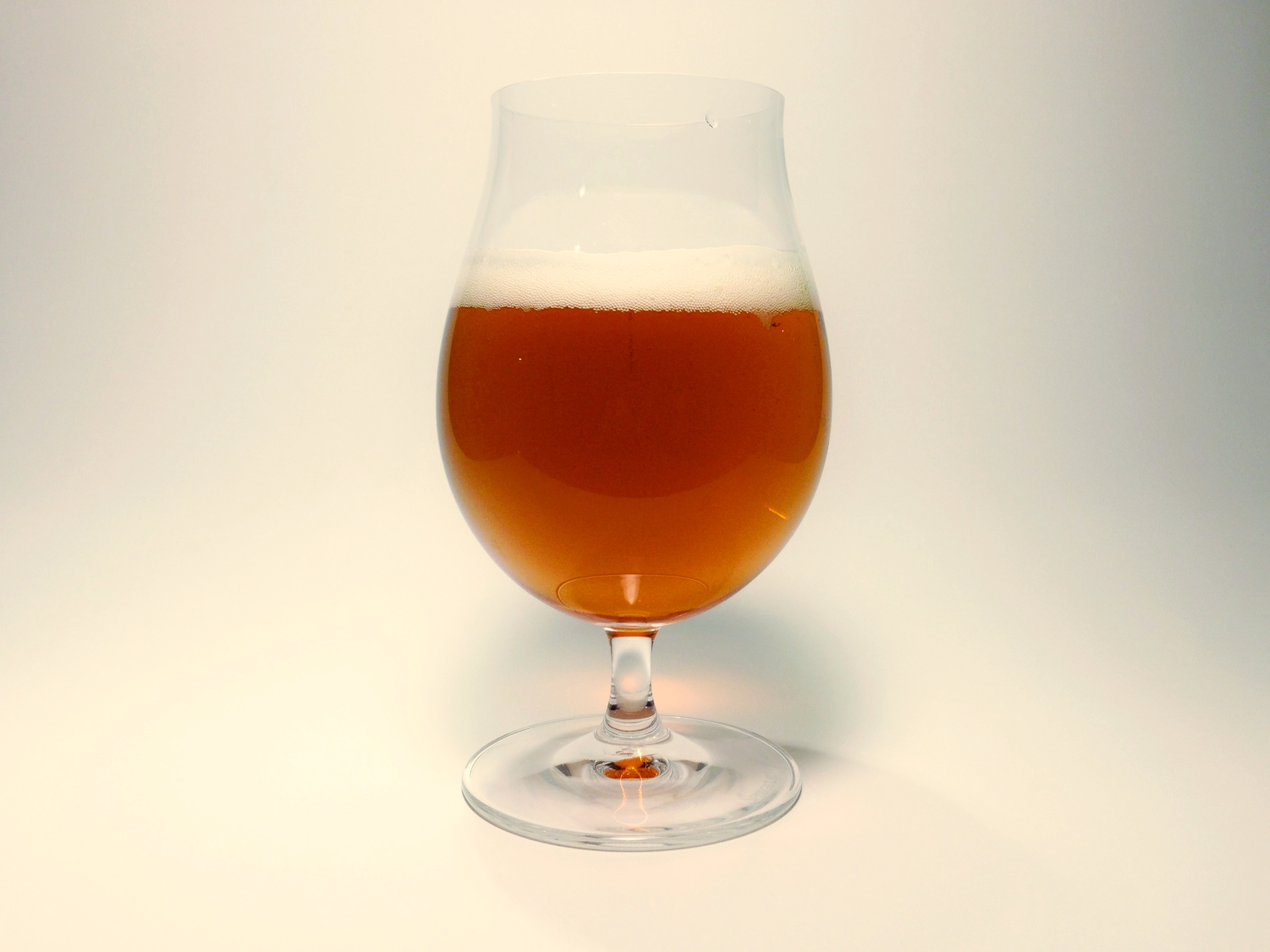The IPA Glassware Review
A year ago when it was first announced that Dogfish Head and Sierra Nevada were partnering up with Spiegelau to create glassware specifically made for the IPA, the excitement was huge. And now that it’s finally available, everyone is calling it marketing gimmickry.
First, there’s the shape of the glass. This has garnered many criticisms from the craft beer community, included Lagunita’s Tony Magee stating it’s “ribbed for her pleasure.”
Jokes aside, A Good Beer Blog noted that the glass has a striking similarity to a Riedel wine glass (Riedel is the parent company for Spiegelau). The fact that Spiegelau may have just rebranded a discontinued wine glass doesn’t exactly fit in with the idea that this is specifically designed for the India Pale Ale. To try and clear things up, Dogfish Head released a statement stating that “traits of various glasses that boosted the hop aromas and flavors of IPAs helped inform the direction of our glass.” Ultimately, the glass indeed was inspired from previous Riedel/Spiegelau glasses, however it was adjusted and modified to highlight the flavors and aromas of an IPA.
Here at Hooked on Hops, we believe that we are scientists. And as such, we decided to experiment a bit and decide for ourselves how this glass impacts the experience of drinking an IPA. Ultimately, the real question is if there is an actual need for a glass specifically designed for an IPA or not. It should be noted that the traditional shaker pint glass is not a suitable glass to use for beer. If you were to compare the IPA glass with a shaker pint, of course you are going to find that the IPA glass offers far more aroma and better flavor retention.
Instead, we compared the IPA glass to another well designed Spiegelau beer glass: What the company confusingly calls a “stemmed pilsner” glass (I prefer to call it a tulip glass. In my mind, all pilsner glasses should be tall, and without a stem). This is my ideal beer glass. The shape highlights the color of any beer, the stem allows for multiple methods of holding the glass (whether you want your hand to warm the beer or not), and the curves at the lip of the glass allow for an outpouring of aroma and a comfortable drinking surface.
Despite the Dogfish Head branding on the glass, we opted for a west coast standard: Stone IPA.
There was a noticeable difference in aroma from the IPA glass. Not much of a difference, but it was there. Notice I didn’t say it was a “better” difference. It was just different. The aroma from the tulip glass was still great, however the IPA glass offered a little bit more sweetness in the aroma.
The ribbing is interesting. I’m not entirely sure how much of an impact it is actually making. Dogfish Head claims that this causes more aeration when you tilt the glass. Mouthfeel is slightly improved from the IPA glass, but this may be due to the laser etching on the inside of the glass. As you can see in the photos, it created a continuous flow of bubbles up to the surface, creating a constant head on the beer, even after sitting for a several minutes. Since the tulip glass we used does not have the etching, after a few minutes, the head was almost entirely missing from the beer.
Flavor wise, we could not tell a difference. Stone IPA tastes great from both glasses.
Ultimately, I find this to be a great glass to drink beer out of. I don’t however think that it makes enough of a dramatic difference to require this glass over all others when drinking an IPA. This is a good reminder of how important glassware really is though. I highly recommend acquiring a good set of glassware, whether it be IPA glasses or tulip glasses. New Belgium globe glasses are pretty easy to find and are my go-to beer glass. Other great options includes cognac, brandy, or wine glasses.


